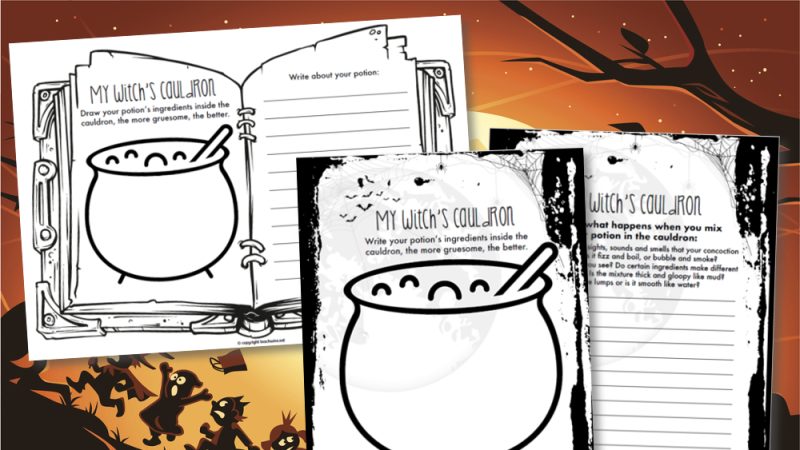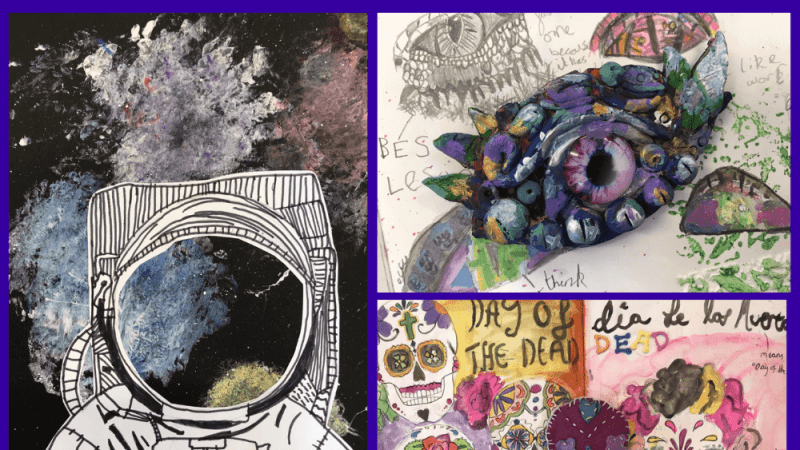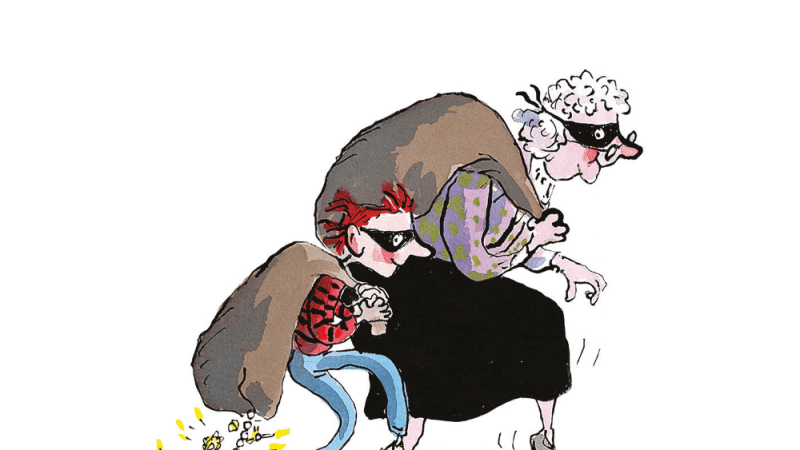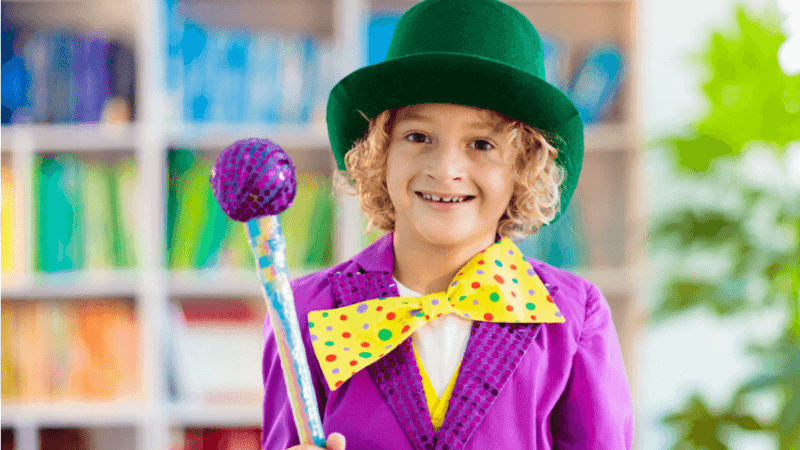Using paintings in the primary classroom across the curriculum
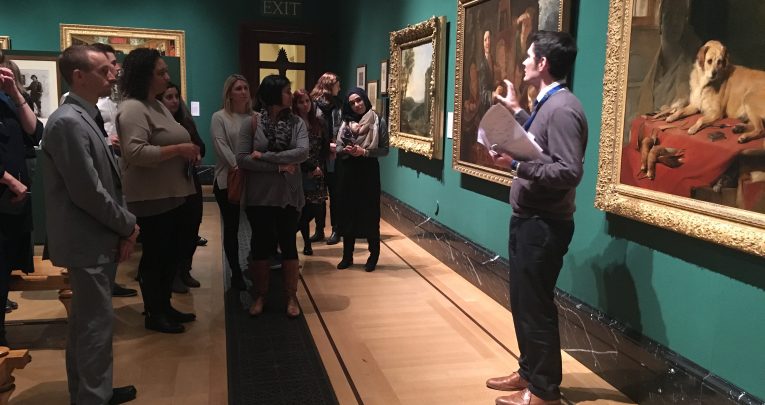
High art can often be intimidating particularly to those who don’t know their Rossetti from their Rembrandt – but it doesn't have to be

- by Teachwire
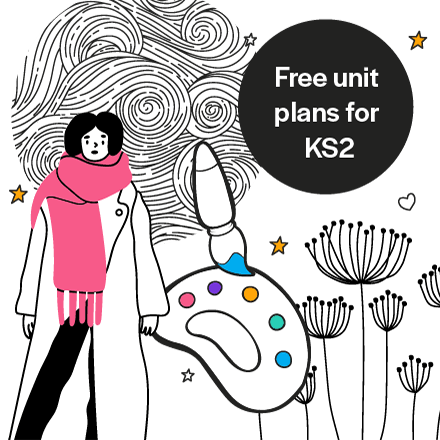
Would you like to use art more in the classroom but feel intimated or that you lack the resources to do so?
Perhaps unsurprisingly many primary teachers feel the same. High art can often be intimidating particularly to those who don’t know their Rossetti from their Rembrandt or their pre-Raphaelite from their post-modern. Added to this the drive to get pupils through their exams and the mastery of basic maths and English can mean that art takes a backseat.
This is a great shame, particularly as art education has been shown to actually raise attainment, improve concentration and encourage creative thinking within the classroom.
This concern has been recognised by London Grid for Learning and Royal Collection Trust, which cares for the Royal Collection, one of the world’s largest and most important art collections. This has resulted in both organisations working together on a teacher CPD session, recently held at The Queen’s Gallery, Buckingham Palace.
For those still nervous here are some quick tips on easy and straightforward ways to incorporate art into the classroom, shared at the recent event.
Art for analytical skills
A thinking routine is a great and very simple way of breaking down the process of analysis into a number of stages using a painting or piece of art as the focus. Learning to analyse is an important skill for young students and something which can help them across all areas of the curriculum. To begin first ask your pupils to simply look at a painting and list what they can see, whether this is people, colours or objects. Facts only at this stage!
Stage two is the interpretation step. Ask your pupils what they think these elements mean. What’s going on in the painting and what techniques might the artist have used for a purpose? This can be as simple as why the artist may have used light to highlight a particular character.
The final step is all about creativity. What does the painting make you wonder? What conversation might the characters be having? Take children’ enthusiasm for a narrative they discover in an image and develop it.
Art for PSHE and citizenship
The ability of paintings to capture and portray the emotions of a subject or the painter makes art a useful medium for teachers to address often sensitive areas of the curriculum. Teaching primary aged children about the holocaust for example is a difficult task for which teachers may feel unprepared. Photographic images of the holocaust are often inappropriate for a young audience however it is important teachers don’t shy away from the subject.
Art is one practical way to get children thinking about the holocaust and its effect on the lives of individuals involved. The Ben Uri Gallery contains many works of art from the Jewish community as well as similar and more modern pieces addressing issues of identity and migration through the visual arts.
Teachers can ask children questions such as; is this painting happy or sad? How do you think the artist felt creating this painting? What colours and techniques make the painting happy or sad?
Art can often illustrate a personal ‘interior monologue’ as well as convey ideas and emotions, and illustrate stories and events. Getting children to examine a painting and then explaining the context behind its creation can be a good introduction to a difficult subject.
Art for primary science
The idea of using art to teach sciences has become popular as one of the latest ‘revolutionary’ ideas to transform learning. However far from being a new technique art and science have been working hand in hand for hundreds of years.
Few artists illustrate this better than Leonardo Da Vinci, whose artworks alongside his inventions were genuinely revolutionary in his time. Looking at Da Vinci’s anatomical drawings, which form part of the Royal Collection, is a great way to introduce young children to the science of the human body and the ways in which scientific thinking has developed.
With modern technology meaning children are exposed to a world vying for their screentime, it’s important for teachers to ensure pupils are exposed to a range of high-quality images, rather than those thrown up from a quick google search. Using paintings to teach analytical skills is also a great way to ensure children learn crucial critical thinking skills to better understand and interpret the world around them.
With technology teachers have never been in a better position to take advantage of online access to those high quality images and to complement them with an out of classroom experience at a museum or gallery. Remember you do not necessarily have to be good or confident about art in order to get great things from it!
For more information on using art in the classroom, as well as access to high-quality images and educational resources please visit royalcollection.org.uk and gallery.lgfl.net.





